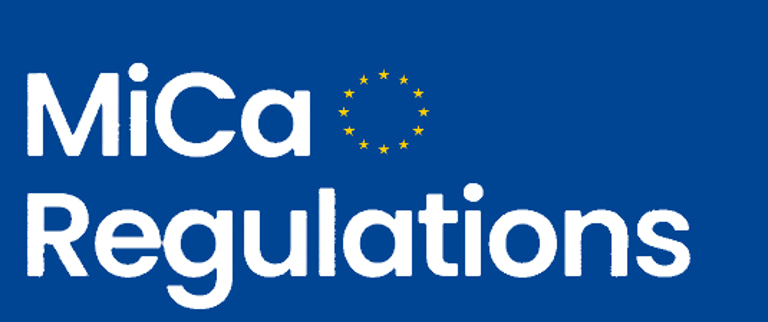Supervisory Convergence in the MiCA Transitional Phase
In parallel to the drafting of technical standards, Mica is working with the national competent authorities (NCAs) on a convergent approach to authorisations of crypto-asset service providers (CASPs) during the transitional phase. The purpose of this supervisory convergence work is to ensure alignment on supervisory expectations related to entities offering crypto-asset services across EEA jurisdictions in the transitional period of MiCA and to promote, from the outset, consistent practices to be used after the entry into application of MiCA, starting with the authorisation regime.
2/6/20241 min read

In the dynamic landscape of cryptocurrency and blockchain technology, regulatory frameworks play a pivotal role in shaping the industry's growth and ensuring consumer protection. With the European Union's Markets in Crypto-Assets Regulation (MiCA) on the horizon, stakeholders are actively engaged in laying the groundwork for a smooth transition.
One crucial aspect of this transition involves aligning supervisory expectations and authorizations for Crypto-Asset Service Providers (CASPs) across EEA jurisdictions. As technical standards are being drafted, parallel efforts are underway to foster convergence among national competent authorities (NCAs).
At the forefront of this initiative is Mica, working in collaboration with NCAs to establish a convergent approach to authorizations during the transitional phase. The overarching goal? To promote consistency and clarity in regulatory practices, ensuring a level playing field for CASPs operating across the EEA.
Supervisory convergence entails harmonizing expectations and procedures to facilitate a seamless transition into the MiCA regime. By setting common standards and practices from the outset, regulators aim to mitigate regulatory arbitrage and enhance consumer protection.
Why is this convergence work essential? Firstly, it provides much-needed clarity for CASPs navigating the regulatory landscape. A uniform set of rules and expectations streamlines the authorization process, reducing uncertainty and administrative burdens for businesses.
Secondly, it fosters trust and confidence in the burgeoning crypto-asset market. Consistent regulatory practices signal a commitment to robust oversight and compliance, instilling confidence among investors and consumers alike.
Moreover, supervisory convergence promotes innovation by providing a stable regulatory environment conducive to growth and investment. Clear guidelines and transparent processes encourage responsible innovation while safeguarding against potential risks.
By laying the groundwork for supervisory convergence early on, stakeholders can proactively address regulatory challenges and foster a harmonized approach to crypto-asset regulation. Collaboration between Mica and NCAs is key to achieving this objective, ensuring that regulatory frameworks evolve in tandem with technological advancements.
Looking ahead, the success of MiCA and the broader crypto-asset ecosystem hinges on effective collaboration and coordination among regulators, industry stakeholders, and policymakers. As the transition unfolds, a concerted effort to promote consistency and convergence will pave the way for a more resilient and inclusive digital economy.
In conclusion, supervisory convergence in the authorization of CASPs is a critical component of the MiCA transition process. By aligning regulatory practices and expectations, stakeholders can foster a more robust and harmonized framework for crypto-assets in the EEA, laying the foundation for sustainable growth and innovation in the digital economy.
Location
Europe House
32 Smith Square
London SW1P 3EU
Working Hours
I-V 11:30-19:30
VI - VII Closed
Contactos

